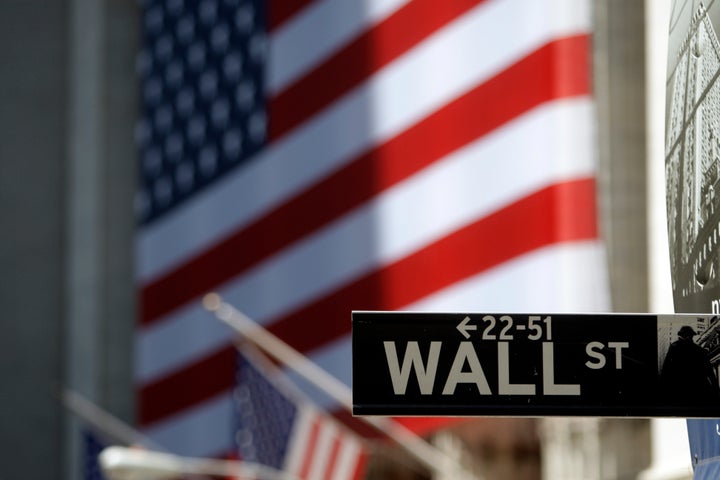
At the height of the recession, the financial services industry found itself forced to do something it hadn't done since the government started tracking corporate profits: record a loss.
Three years later, the financial sector, despite coming under scrutiny for its role in the financial crisis, has returned to prominence, accounting for 29 percent -- $57.7 billion -- of U.S. profits during a record-breaking fourth quarter last year, notes the Wall Street Journal. That might be the highest percentage of the post-recession period, per the Commerce Department's figures, but it's still no where close to a historic 2001 quarter when the finance sector recorded a record-setting 46 percent of all domestic corporate profits.
Before the 1990s, financial institutions rarely accounted for more than 20 percent of total corporate profits.
That the financial sector is again America's most dominant sector is even more amazing when, the WSJ notes, "the sector accounts for less than 10% of the value added in the economy."
The societal value of oversized financial companies has come under question in the aftermath of a financial downturn that left the country with chronically high unemployment and a mounting foreclosure crisis. Last November, in a New Yorker piece entitled "What Good Is Wall Street?", John Cassidy noted that investment banks had moved away from their traditional role as the middleman between one man's savings and a company worthy of investment. Investment banks now not only run the casino, they play the game with an increasing amount of their own money.
No one factor explains finance's continuing dominance of the American economy. Some, such as James Blanco at The Big Picture, argue that "the most important driver of all American corporate profitability could be the shape of the yield curve." Meaning that long as federal interest rates remain near low, financial institutions can turn a profit simply by borrowing for next-to-nothing from the Federal Reserve and buying bonds from the Treasury.
Still others point to the sector's high pay -- which entices America's smartest, most-talented college graduates -- as a reason for both the finance's continued dominance and other sectors' collective decline.
On Wednesday, analyst Joshua Rosner planned to testify before the Subcommittee on TARP that so long as the six largest banks -- JPMorgan Chase, Bank of America, Citigroup, Wells Fargo, Goldman Sachs, and Morgan Stanley -- control 64 percent of U.S. GDP, they will continue to choose risky, dangerous investments over safer ones in hopes of higher returns. Until broken into smaller banks not necessitating bailouts, Rosner says, large banks will continue to have "the ability to hold taxpayers hostage to their failings."
Neil M. Barofsky, just-retired special inspector general for TARP, expressed similar sentiments in The New York Times on Wednesday. In an Op-Ed, Barofsky laments the government's unwillingness to take stronger action against big banks, who "reasonably assume that the government will rescue them again," Barofsky notes, "no matter how reckless their behavior."
Outside the financial sector, corporations actually lost $10 billion overall in the final quarter of 2010. Rest-of-the-world profits -- the difference between money received from foreign affiliates and corporations and the money paid out to them -- declined by $9.4 billion as well.
